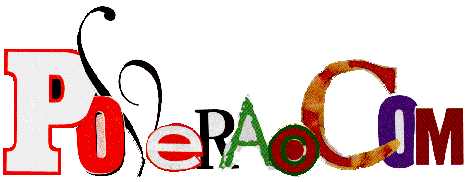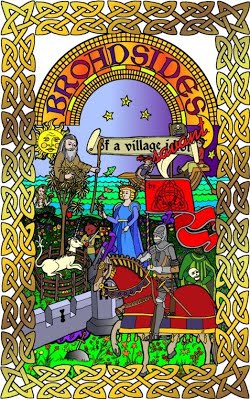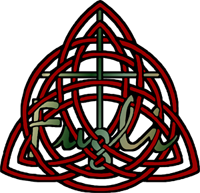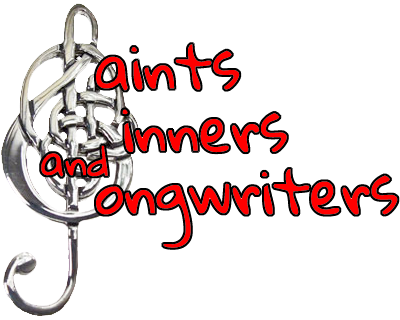Menu
FugliAbout
- Book
- Broadside Tradition
- Places in the Realm
Price
Video
Extras
Tip Fugli
The name of my web domain is:

About Fugli - Broadside Tradition
With the invention of the printing press (c. c.e. 1439), mass production of written words became both more economical and more common. While larger books might sell for more money, each page would have to be set up, printed in mass, and later collated, then bound into a volume before a printer could realize a profit. Short printing jobs of single sheets could be sold more quickly from start to finish, and only needed to have one page set up for an entire run. These most common forms of printed material from the 16th to the 19th century were called broadsides because they were printed on a single side of a piece of paper.
 oday
we might call them posters, fliers or even tracts. Many were posted to
announce upcoming events and activities, speeches, sermons or royal
proclamations, while others might contain instructional or historical
information. There are also many broadsides published as dying speeches
where the condemned would tell their story before execution. Basically
broadside publishing existed in the place of our broadcast media, and
power point presentations of today.
oday
we might call them posters, fliers or even tracts. Many were posted to
announce upcoming events and activities, speeches, sermons or royal
proclamations, while others might contain instructional or historical
information. There are also many broadsides published as dying speeches
where the condemned would tell their story before execution. Basically
broadside publishing existed in the place of our broadcast media, and
power point presentations of today.

 Ballads
were also among the commonly printed types of broadsides. These lyric
sheets often detailed stories in comical, fanciful, tragic, or
historical themes. Some of them had original tunes, but most of them
were meant to be sung to melodies that would have been familiar to most
of the common people of the time. Therefore, while some broadsides
reference the name of a tune for singing purposes, some of those tunes
referenced might even be the names of previously published broadsides.
Ballads
were also among the commonly printed types of broadsides. These lyric
sheets often detailed stories in comical, fanciful, tragic, or
historical themes. Some of them had original tunes, but most of them
were meant to be sung to melodies that would have been familiar to most
of the common people of the time. Therefore, while some broadsides
reference the name of a tune for singing purposes, some of those tunes
referenced might even be the names of previously published broadsides.
It was the familiarity of the tunes along with the rhyme schemes of these ballads that made them memorable. Collections of broadside ballads were even printed together into small cheap books, or chapbooks, for people who wanted, and could afford them. There are even some instances where handwritten books of broadside ballad collections have been discovered in private collections, showing the pervasive cultural influence these printed tracts held, even among the upper classes.

 owever
we see them now, historically scholars have considered traditional folk
ballads to be more pure, and broadside ballads more for the common (or
vulgar) person. We might consider this to be like the difference
between a best selling thriller novel, and dime store romance. Printed
on the cheapest of papers, and selling for a mere penny each, broadside
ballads were marketed for direct sale to the most people possible, the
common people on the street.
owever
we see them now, historically scholars have considered traditional folk
ballads to be more pure, and broadside ballads more for the common (or
vulgar) person. We might consider this to be like the difference
between a best selling thriller novel, and dime store romance. Printed
on the cheapest of papers, and selling for a mere penny each, broadside
ballads were marketed for direct sale to the most people possible, the
common people on the street.
 oday
we may turn on our radios (or more likely our mp3 players) and hum,
sing, or just bob along with music that we hear. But, long before there
were electronic recording and play back devices, there were balladeers
and the lyrics of the broadside ballad. You had to imagine the music,
and sing it yourself. Or, you could have someone play and sing it for
(or with) you. This was a time when the familiar melodies and memorable
stories of broadside ballads were the popular music of their day.
oday
we may turn on our radios (or more likely our mp3 players) and hum,
sing, or just bob along with music that we hear. But, long before there
were electronic recording and play back devices, there were balladeers
and the lyrics of the broadside ballad. You had to imagine the music,
and sing it yourself. Or, you could have someone play and sing it for
(or with) you. This was a time when the familiar melodies and memorable
stories of broadside ballads were the popular music of their day.

